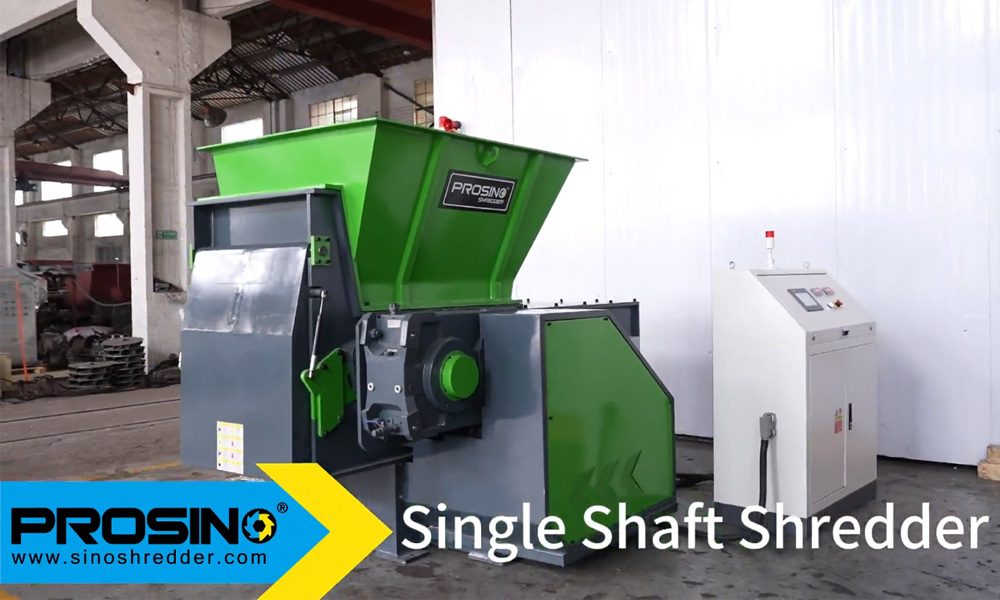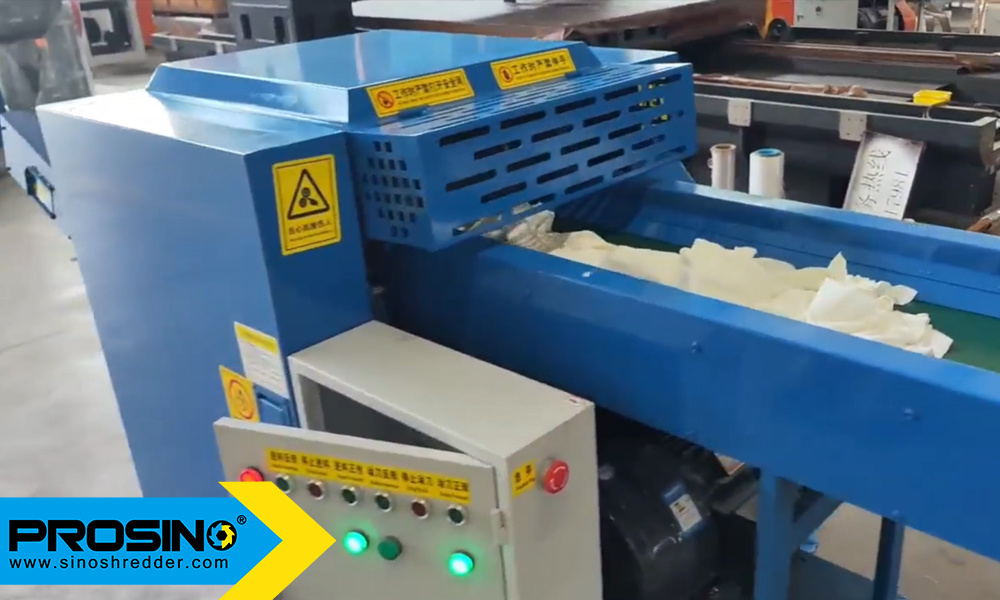Non-woven fabrics are engineered materials made from fibers bonded together through chemical, mechanical, heat, or solvent processes. Unlike traditional woven fabrics, they do not have a distinct warp and weft. This manufacturing method allows for a diverse range of textures, thicknesses, and strengths, making non-woven fabrics suitable for products such as surgical gowns, face masks, baby diapers, agricultural covers, and geotextiles. However, the production and disposal of non-woven fabrics present unique challenges, making the role of non-woven fabric shredding machine increasingly vital.
The Need for Shredding Non-Woven Fabric
With the extensive use of non-woven fabrics comes the challenge of managing waste. The production process generates significant scrap and off-cuts, while the end-of-life disposal of non-woven products, especially single-use items like medical disposables and hygiene products, adds to the waste burden. Effective waste management strategies are crucial to mitigate environmental impact and promote sustainability.
Role of Non-Woven Fabric Shredding machines
Non-woven fabric shredding machines are specialized machines designed to handle the unique properties of these materials. They play a crucial role in recycling and waste reduction by transforming bulky, unusable fabric waste into manageable, reusable materials. Here are key features and benefits of non-woven fabric shredders:
1. Efficiency and Capacity: These shredders are equipped with powerful motors and robust cutting mechanisms to process large volumes of non-woven fabric quickly. They can handle continuous operation, making them suitable for industrial settings.
2. Versatility: Non-woven fabric shredders can process various types of non-woven materials, including polypropylene, polyester, and biodegradable non-wovens. This versatility ensures that different waste streams can be managed with a single machine.
3. Reduction of Waste Volume: By shredding non-woven fabrics into smaller pieces, these machines significantly reduce the volume of waste, making storage, transportation, and disposal more efficient and cost-effective.
4. Recycling and Reuse: Shredded non-woven fabrics can be repurposed for various applications, such as stuffing for furniture, insulation materials, or as raw material for producing new non-woven products. This promotes a circular economy and reduces reliance on virgin materials.
5. Customization and Adaptability: Modern non-woven fabric shredders offer customizable settings to handle different fabric thicknesses and densities. This adaptability ensures optimal performance across various applications and materials.
Environmental and Economic Impact
The use of non-woven fabric shredding machines has a positive impact on both the environment and the economy. Environmentally, shredders help reduce landfill waste and lower greenhouse gas emissions associated with the decomposition of synthetic fabrics. Economically, they provide a cost-effective solution for waste management and create opportunities for businesses to generate revenue from recycled materials.
PROSINO Non-woven Fabric Shredding machines
When it comes to managing non-woven fabric sheets, our single shaft shredder stands out as the optimal equipment for the task. These shredders are specifically designed to handle the unique challenges posed by non-woven fabrics, offering a blend of efficiency, reliability, and versatility. For industries reliant on non-woven fabrics, investing in a high-quality single shaft shredder is a strategic move towards efficient and responsible waste management.
Quick links:
PROSINO non-woven shredders and granulators


















